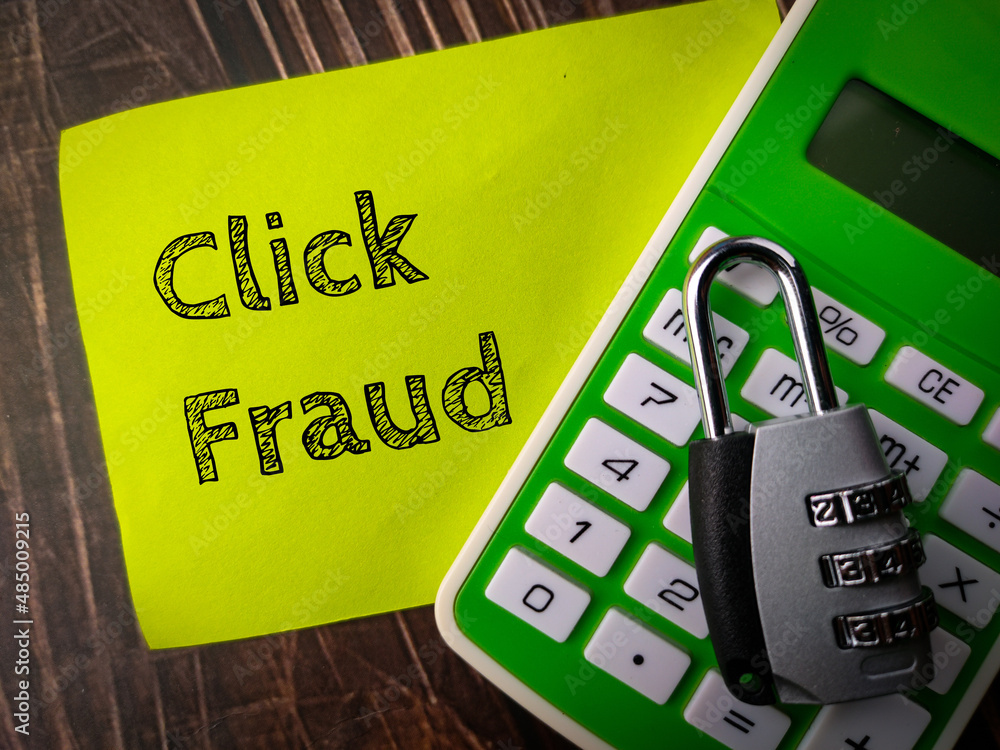Effective Ad Fraud Solutions for Businesses
What is Ad Fraud?
Ad fraud refers to the deliberate manipulation of digital advertising metrics, traffic, and engagement to exploit advertisers and generate fraudulent revenue. This deceptive practice has become increasingly sophisticated, costing businesses billions annually. Common types of ad fraud include:
- Click fraud: Using bots or click farms to artificially inflate click numbers, often targeting pay-per-click advertising
- Impression fraud: Generating fake ad impressions that were never seen by real users, skewing campaign data
- Domain spoofing: Misrepresenting low-quality sites as premium publisher inventory to charge higher rates
- Ad injection: Inserting unauthorized ads into legitimate websites, often through malware or browser extensions
- Bot traffic: Non-human traffic designed to mimic real user behavior, creating false impressions of engagement
- Cookie stuffing: Dropping multiple affiliate cookies on a user’s browser to claim commission for unrelated sales
- Pixel stuffing: Loading ads in 1×1 pixel frames, technically delivered but invisible to users
Understanding these various forms of fraud is crucial for businesses to develop effective prevention strategies.
The Impact of Ad Fraud
Ad fraud costs businesses billions of dollars annually in wasted ad spend. According to a 2023 report by Juniper Research, advertisers were expected to lose $100 billion to ad fraud in 2023 alone, some sources from 2024 claim that the year was ended on an even higher number. This staggering figure underscores the severity of the issue.
Beyond direct financial losses, ad fraud has far-reaching consequences:
- Skewed campaign data: Fraudulent activities distort metrics, leading to misguided optimization decisions
- Damaged brand reputation: Associating with fraudulent or low-quality sites can harm a brand’s image
- Loss of trust: Widespread fraud undermines confidence in digital advertising as a whole
- Wasted resources: Time and effort spent analyzing and acting on fraudulent data is essentially lost
- Competitive disadvantage: Companies falling victim to fraud may lose market share to competitors who are better protected

The ripple effects of ad fraud extend throughout the digital ecosystem, affecting publishers, advertisers, and ultimately, consumers.
Key Ad Fraud Solutions & Prevention Strategies
Use Advanced Detection Technology
Implement sophisticated ad fraud detection tools that leverage machine learning and AI to identify suspicious patterns in real-time. Look for solutions that can detect both known and emerging fraud tactics. These technologies often analyze multiple data points, including:
- IP addresses and their associated behavior
- User agent strings and device fingerprints
- Click patterns and timing
- Geographical discrepancies
- Traffic source quality
By continuously updating their algorithms, tools like DoubleVerify and Integral Ad Science (IAS) can provide robust protection against fraudulent activity in programmatic advertising. These solutions help ensure campaign effectiveness by identifying invalid traffic and making sure media spend.
Leverage First-Party Data
Prioritize first-party data and authenticated traffic to reduce reliance on third-party data that may be compromised. This improves targeting accuracy and limits fraud exposure. Benefits of using first-party data include:
- Greater data accuracy and reliability
- Enhanced customer insights and personalization
- Reduced dependency on potentially fraudulent third-party sources
- Improved compliance with data privacy regulations
- Better control over data collection and usage
Implementing a complete first-party data strategy can significantly enhance your ad fraud prevention and provide a solution. These efforts are useful for improving overall campaign performance, also.
Set Clear KPIs and Monitor Closely
Establish clear campaign KPIs and closely monitor metrics for any anomalies or suspicious activity. Look for sudden spikes in traffic or engagement that seem unnatural. Key areas to monitor include:
- Click-through rates (CTR) that are unusually high or low
- Conversion rates that don’t align with historical data
- Traffic sources with disproportionate engagement levels
- Unusual patterns in user behavior or device types
- Discrepancies between ad server and analytics data
Regular audits and real-time monitoring can help catch fraudulent activities early, minimizing their impact on your campaigns.
Work with Trusted Partners

Partner with reputable ad networks, publishers, and technology vendors with strong anti-fraud measures in place. Request transparency into their fraud prevention practices. When evaluating partners, consider:
- Their track record in combating ad fraud
- Certifications or compliance with industry standards
- Transparency in reporting and data sharing
- Proactive approach to fraud detection and prevention
- Willingness to collaborate on fraud mitigation strategies
Building a network of trusted partners can significantly reduce your exposure to fraudulent activities and improve overall campaign performance.
Implement Ads.txt
Use the Authorized Digital Sellers (ads.txt) standard to combat domain spoofing and unauthorized inventory reselling. This allows publishers to declare authorized sellers of their inventory. Benefits of ads.txt include:
- Reduced risk of domain spoofing
- Increased transparency in the programmatic supply chain
- Better control over who can sell a publisher’s inventory
- Improved brand safety for advertisers
- Enhanced trust between publishers and advertisers
Implementing ads.txt is a relatively simple yet effective ad fraud solutiom in strengthening your prevention strategy. Read more about Ads.txt implementation here.
Use Viewability Measurement
Implement viewability measurement to ensure ads are actually viewable to real users. NEXD’s 5-pixel viewability measurement provides precise tracking. Viewability measurement helps:
- Ensure ads have a genuine opportunity to be seen
- Identify and eliminate non-viewable inventory
- Optimize ad placements for maximum visibility
- Align billing with actual ad exposure
- Improve overall campaign effectiveness
By focusing on viewable impressions, you can significantly reduce wasted ad spend and improve the accuracy of your campaign metrics.
NEXD’s Ad Fraud Prevention Capabilities
NEXD offers several built-in features to combat ad fraud:
- GPU-based rendering makes it difficult for fraudsters to mimic impressions using basic scripts
- Precise 5-pixel viewability measurement ensures accurate tracking
- Faster loading times help identify suspicious patterns indicative of fraud
- Cross-platform consistency aids in spotting discrepancies that may signal fraudulent activity
By leveraging NEXD’s technology, advertisers can significantly reduce their exposure to ad fraud while delivering high-performing, engaging creative. The platform’s mobile ad serving capabilities further enhance fraud prevention across devices, ensuring a comprehensive approach to protecting your ad investments.
Conclusion
Ad fraud remains an ongoing challenge, but implementing a multi-layered prevention strategy can dramatically reduce its impact. By staying vigilant, leveraging advanced technology, and partnering with trusted vendors like NEXD, businesses can protect their ad investments and ensure their messages reach real, engaged audiences.
